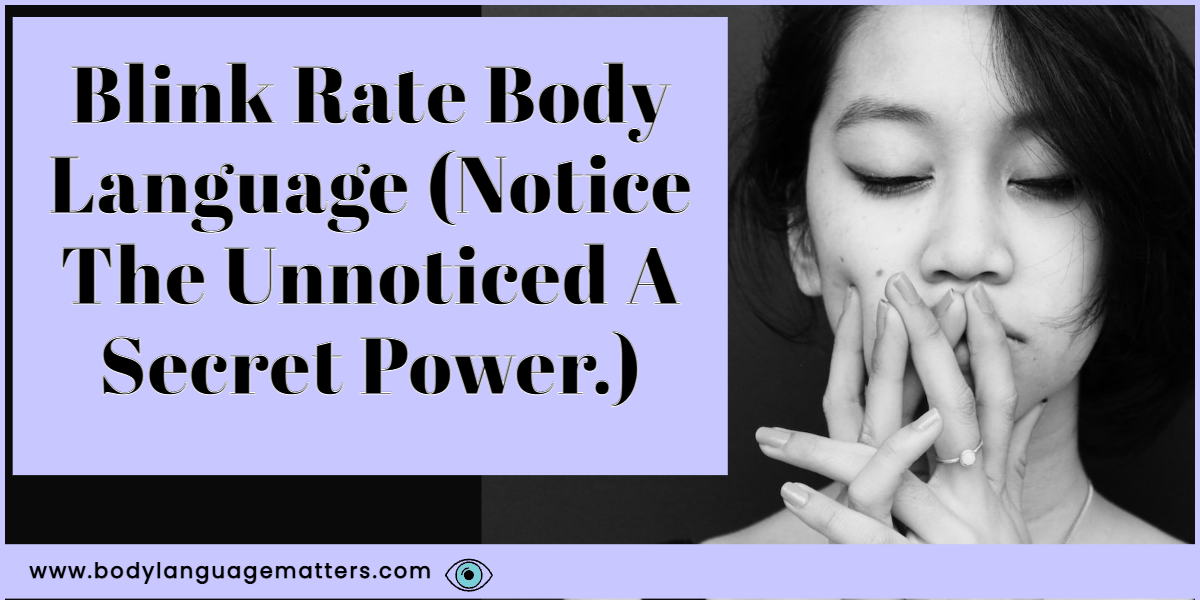The blink rate (the number of times a person blinks per minute) varies with exposure to emotional and physical factors. When someone becomes interested or intrigued by something, their blink rate slows down and continues to decrease as their interest peaks.
The average blink rate is twelve per minute and can be between nine times per minute and twenty times per minute in a normal conversation.
Our rate of blinking can be used as a way to measure our state of well-being. Rapid blink rate shifts indicate high stress or emotional shifts within that person.
Blink rate is an unconscious behavior the higher the blink rate is the more stressed, uncomfortable, or frustrated they are becoming.
What Is A Normal Blink Rate?

A normal blink rate can be worked out by observing someone’s baseline. We can take note of how rapid a person blinks in a normal setting for them to quickly work this out.
Count how many times you see someone blink in a minute and you have a baseline to work from.
The average human eye blink rate is between nice and twenty blinks per minute.
Getting a baseline of someone in a non-stressful environment is best, and then you can adjust your conversation or note the data point when a shift is noticed.
What Does A Low Blink Rate Mean?
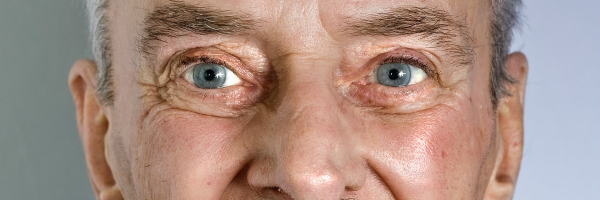
When we are calm, focused, unaffected, or relaxed our blink rate can decrease to as little as three times per minute
When you watch a captivating film, your blink rate is low because you are taking in as much detail as possible. Good conversations can be just as engaging as watching a good movie which is why your blink rate can slow down to the same level.
Having a slower blink rate means that someone is pretty engaged when talking to you or listening to what you’re saying.
You can adjust your blink rate to match theirs and they will never know you’ve done this. My aim when noticing blink rate is to get it as low as possible in the other person so they feel relaxed and comfortable around me to help build rapport and bonds.
It’s interesting that we don’t really notice ourselves changing our behavior like this. We aren’t consciously aware of these changes and it’s extremely hard to control them.
How To Notice A Normal Blink Rate In Conversation?

When you first get into a conversation with someone, notice their blink rate. Is it fast, slow, or normal? Once noted, ask some normal, everyday questions, like “How’s the family?” or “What are you doing this weekend?” Then ask more difficult questions about a sport they like or some light political topics. Once more provocative questions are asked, take note of the blink rate shift, did it go from slow to fast or stay the same? You are looking for a shift in order to notice blink rate change in real-time.
The faster the blink rate the more invested they are in the context of conversation or question. You now want to bring the blink rate down to a more normal level, so ask another everyday question or share some positive news.
Did you notice the change in the blink rate? Did it speed up and slow down when you asked certain questions? Our goal here is to notice these changes in blink rate in a non-threatening environment in order to get a better understanding of how to read people.
Never leave the person feeling worse for having met you always leave on a positive.
What Does A Rapid Blink Rate Mean?
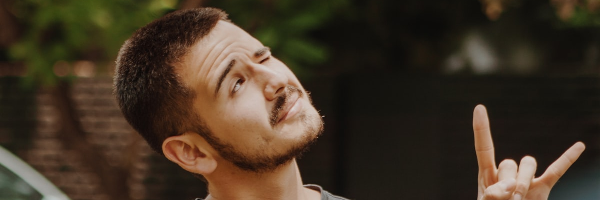
What does rapid blinking mean in body language? This could have different meanings depending on the context of the conversation or the situation the person is in.
A blink rate higher than twenty per minute is a strong sign that the person is under a lot of internal stress. In conversations or tense situations, you might blink up to seventy times per minute.
Take note when you see the blink rate increase dramatically. What just happened? What questions were asked? What situation are they in?
Blink rate shift can help you steer the conversation to a more positive outcome if you can notice the shift within a person.
How To Noticed A Blink Rate Change In Audience?
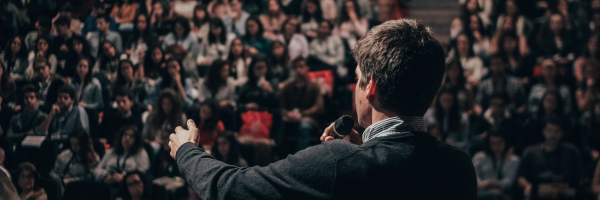
When speaking to large groups of people, count how many times you see a person blink in a fifteen-second time span, multiply this blink rate by four and you will have an average total score of the group of people. This will give you instant feedback on how well your presentation resonates with your audience or how bored they are getting.
Remember that the higher your blink rate, the more frustrated, disinterested, or bored your audience is becoming.
There are some simple changes you can make to your body language, voice, and cadence to help engage your audience. Or simply move on to another topic.
If you can have someone take note of the blink rate of the audience and feedback with cue cards or send a message to your phone every few minutes, make sure you turn your phone on silent.
Why Does Blink Rate Changes When Under Stress?

Blink rate is an involuntary reflex in humans wherein the eyes will close for an interval of time. It is a measure of stress. The more stressed a person becomes, the higher the blink rate.
Rapid eye blinking is a sign of nervousness, anxiety, or deception. If you see a blink rate higher than twenty per minute, that person could be under stress depending on the context of the situation.
Take note when you see a high blink rate this is an indication of stress.
Does Blink Rate Change When Embarrassed?

Will a blink rate change when you feel embarrassed? In short, yes, you have gone from comfort to discomfort.
Taking note of what other clusters of information are available to use, we should notice blushing of the skin, heart rate increase, and higher blink rate. You will also notice pacifying or regulating body language cues to help us get back to a more comfortable control state.
If you notice this happening in yourself, try to get a break from the situation, or in worst-case scenarios, you can’t get away, try curling your toes to release excess energy. This should help bring your heart rate down and regulate your body and no one will notice you doing this.
Is Rapid Blinking A Sign Of Attraction?
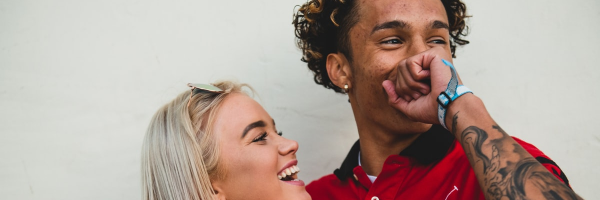
Research has shown that rapid blinking is a sign of attraction.
There are several ways to know if someone is attracted to you. Scientists have found that rapid blinking is one of these signs. When people are attracted, they often blink more rapidly because they are trying to focus their eyes on the object of their desire.
Sometimes you’ll see a flutter of the eyelids, usually from a woman. This is a good indication that she’s attracted to you.
Excessive Blinking Body Language
Excessive blinking body language, or an increase in the blink rate, is a sign of stress or anxiety. It’s also an indicator that someone is feeling overwhelmed or physically uncomfortable. A normal blink rate is around 10 to 15 blinks per minute, however, when someone is feeling anxious, this rate can increase up to 20 to 30 blinks per minute.
This could be due to a lack of confidence and self-esteem, fear of embarrassment, nervousness about having to speak in public, or just feeling too much pressure. In addition to the increased blink rate, other signs that someone may be feeling anxious include avoiding eye contact, fidgeting with their hands and feet, and speaking rapidly. If you notice any of these behaviors in yourself or someone else it may be time to take a break and reassess the situation.
Final Thoughts.
Rapid blinking or a high/low blink rate can have many different meanings depending on the context of the conversation and situation. For me, this is a superpower of body language which I can use instantly without much effort to control a conversation or a person’s feedback loop without them ever knowing I’ve done this.
I hope you enjoyed reading this with me. Remember, noticing blinking is something you can do in the real world. If you found this post interesting, why not go check out Rolling Eyes Body Language True Meaning (Are You Offended?) for more information on the eyes.
